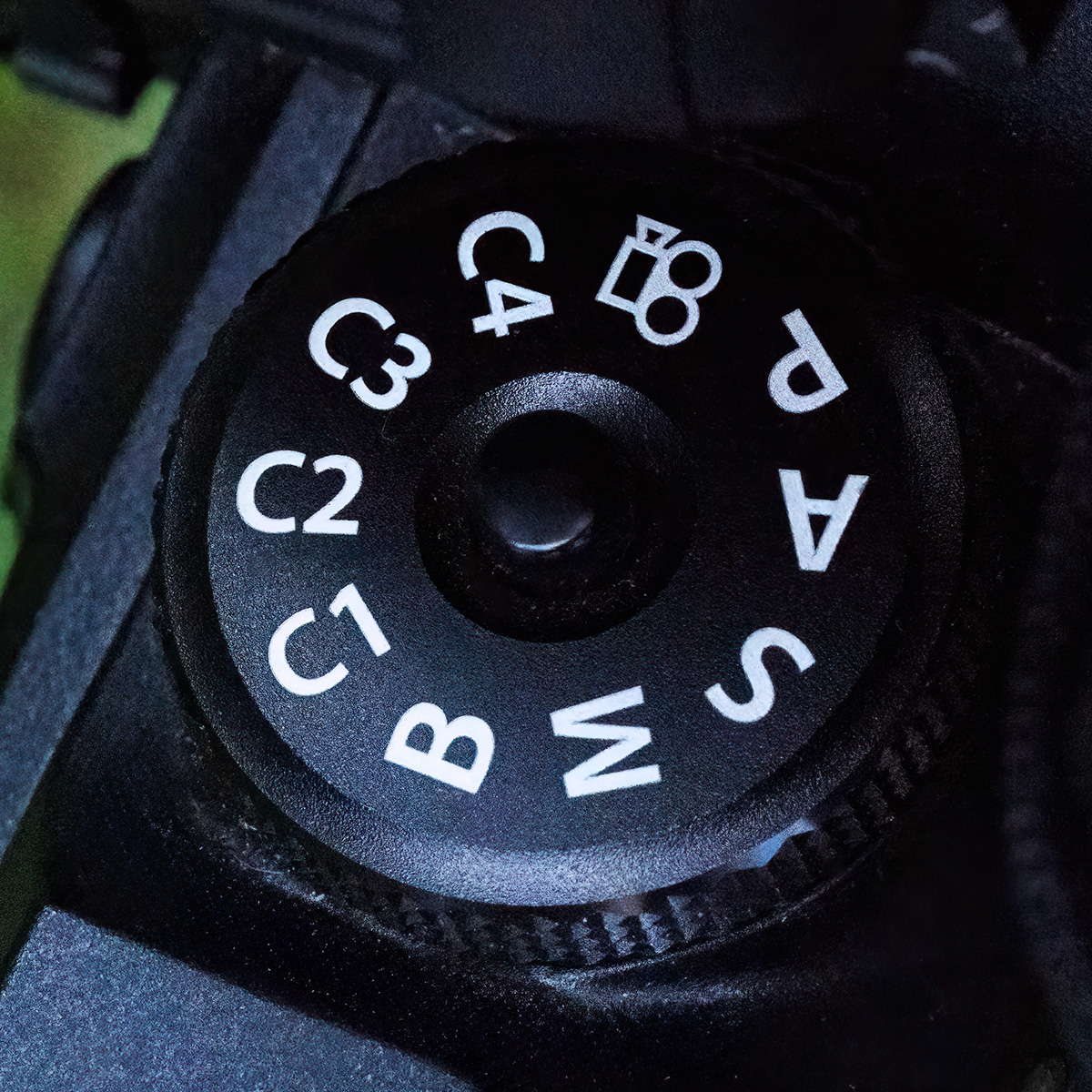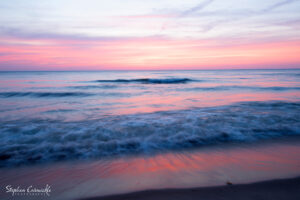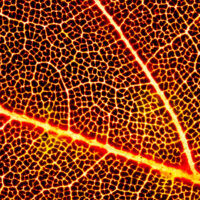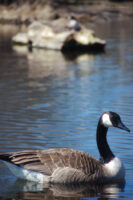Sometimes it’s the small things that can make the biggest difference, one of those things is the ability to create four custom modes on the OM-1. On your mode dial you will see them as C1, C2, C3, and C4. You can program these buttons to save your most used settings so all you have to do is turn the dial to one of these modes and you are ready to go! In macro photography you will encounter a wide variety of subjects and scenarios so being able to simply turn a knob instead of wasting precious time flipping through menus and settings is invaluable. My custom button modes have seen a lot of change from when I first got the camera and they may continue to change as time goes on but I think I’ve got them in a pretty good spot at the moment. Ultimately I did not buy a camera just to spend time in the menus adjusting settings, I want to make photos, not miss them. Creating custom modes will help you get more shots! Let’s get into my custom modes.
C1 – For single shots
Aperture: f/10
shutter speed: 1/100
ISO: 200
White balance: 4800K custom white balance
focus bracketing: Off. However, I programmed a button on the front of the camera to easily switch focus bracketing on and off)
number of shots: 10
Flash charge time: 0.1 seconds
Summary:
I have found an aperture of f/10 produces great enough depth of field for most subjects I encounter for a single shot. f/10 isn’t too small that the details become soft but isn’t too wide that the depth of field becomes too shallow. At this aperture I won’t get anywhere near the depth that I can with stacking, but it’s usually good enough to get the eyes and other important details in focus. If I want some more depth in this mode I can press a button that I programmed on the front of the camera to enable focus bracketing for 10 shots. The reason I may want to stack with these settings would be if I think the subject will not sit still long enough for 30+ shots yet I still need more depth than just one shot can offer. At f/10 I could probably get away with a focus differential of 4, 5, or maybe 6+ but I like to use a differential of 3 to ensure an overlap from image to image when shooting a stack.
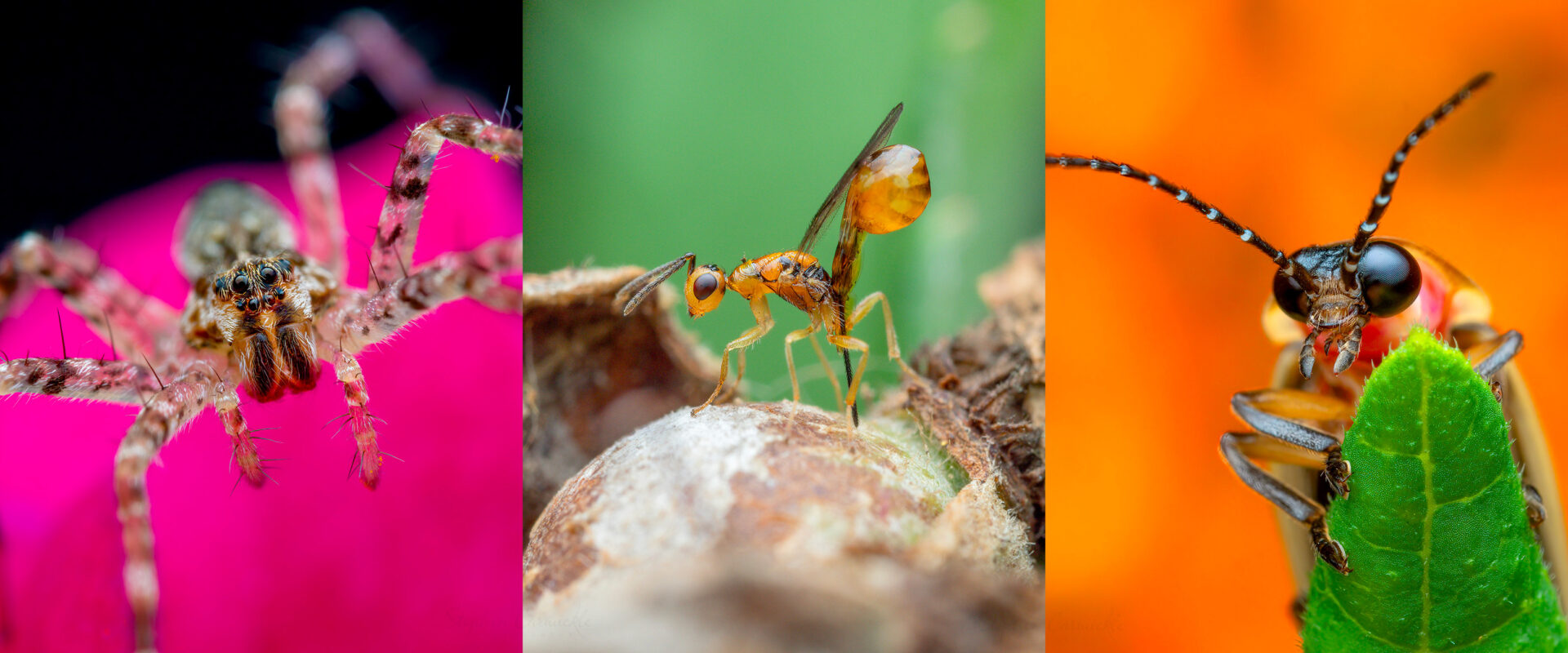
C2, C3, and C4 – For stacking
C2, C3, and C4 are all the same except for the number of shots that are being bracketed. Depending on the subject or scenario I can decide how deep of a stack I feel is necessary simply by twisting the dial to the desired option.
Aperture: f/6.3
Shutter speed: 1/100
ISO: 200
White balance: 4800K custom white balance
Focus bracketing: Yes
Number of shots: C2 30 shots, C3 60 shots, C4 90 shots
focus differential: 2
Flash charge time: 0.1 seconds
Summary:
Operating at an aperture of f/6.3 offers sharper image quality than a smaller aperture would while still providing a workable depth of field. A larger aperture will let in more ambient light making it more likely to get a solid colorful background instead of what would probably be a black background at F/10 or a background that isn’t as “clean”. With a wider aperture I am also able to use a weaker flash power which is good for putting less overall strain on the flash, but I also think it reduces glare compared to a stronger flash power with a smaller aperture. I find myself using a flash power of 1/64 a majority of the time with these settings which allows the flash to recycle more efficiently between shots so you get little to no black frames (when the flash does not fire). Because a wider aperture will have a more shallow depth of field I like to use a smaller differential to ensure overlap from image to image, as stated above. When using a differential of 2 or even 1 the focal points are so close together that if you missed the focus on one image (due to shakiness, wind, etc.) sometimes a neighboring photo in the stack might have caught those details by accident instead. The amount of shots bracketed is something that may change over time but 30, 60, 90 has been working very well for me lately and seems to cover most subjects and scenarios I find myself in. Rarely have I come across a subject that would need more than 100 images and the times that I have tried the results were lackluster.
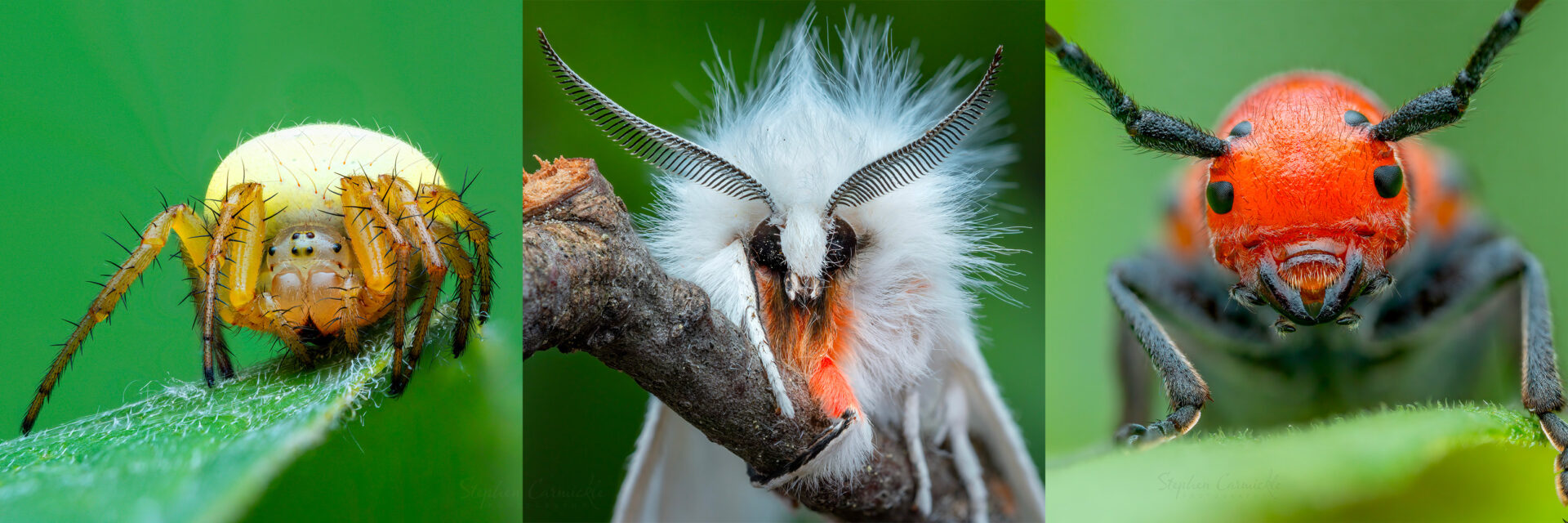
Hopefully this little bit of insight into my settings can help inform your own decisions when setting your custom modes!
